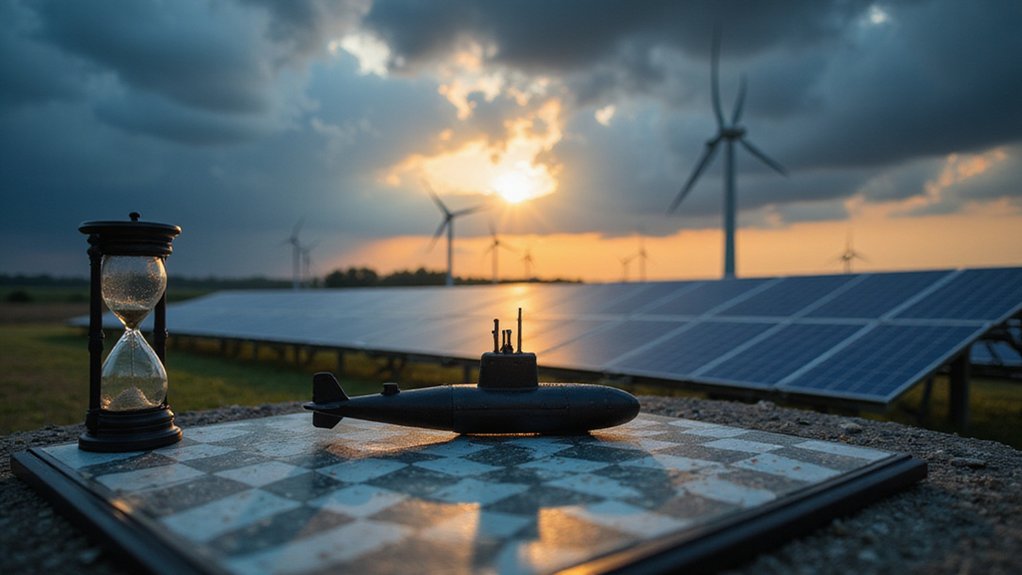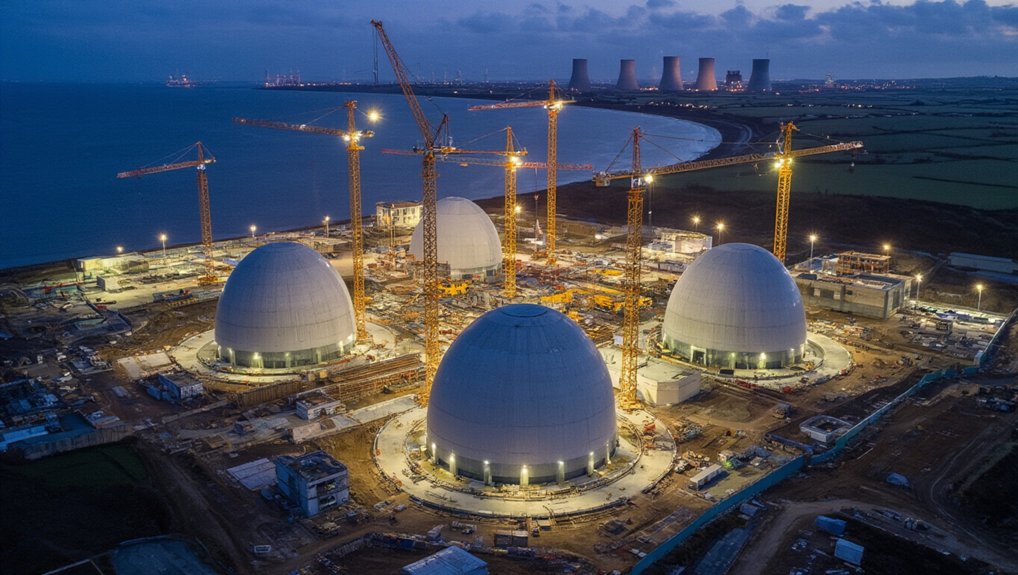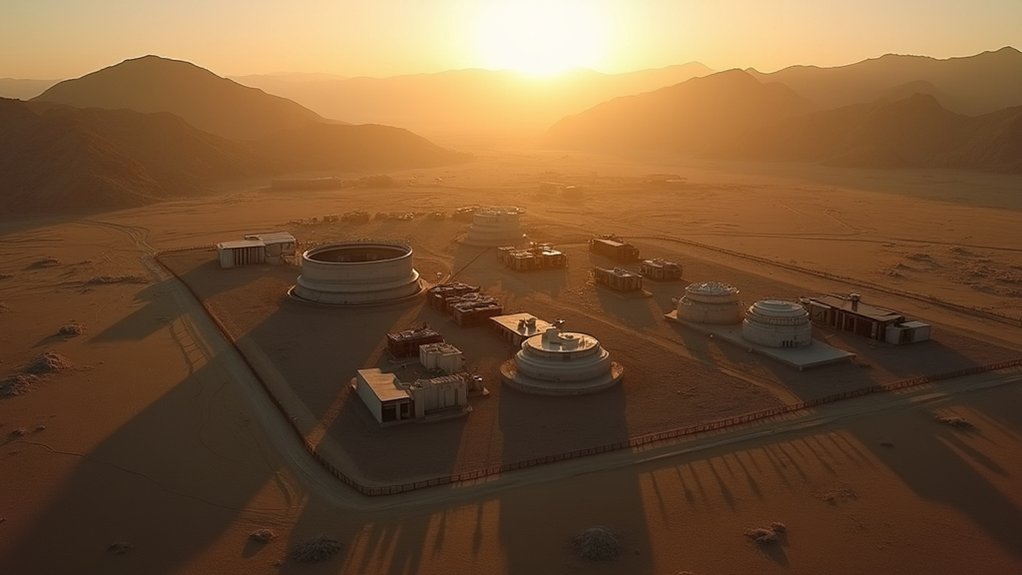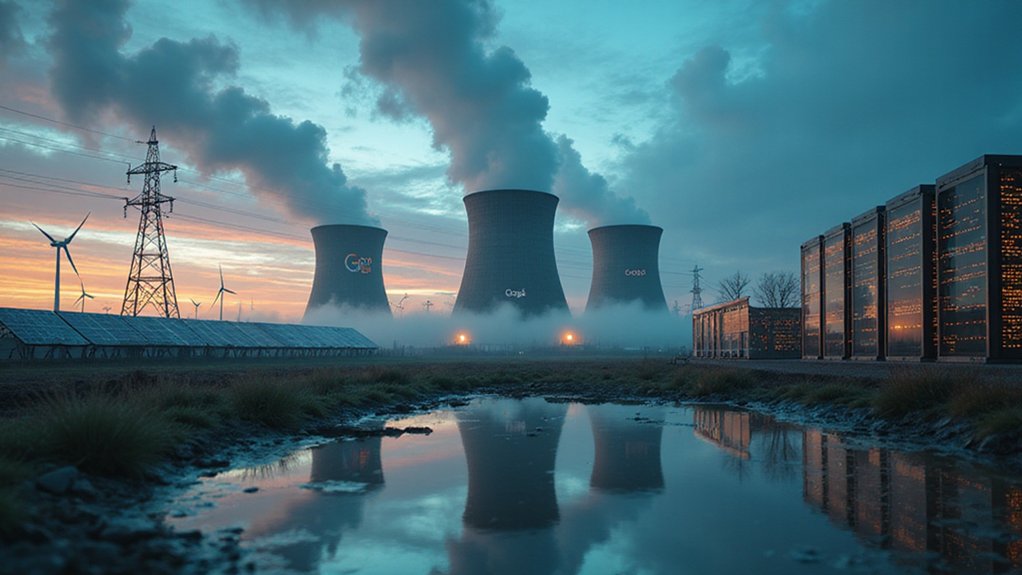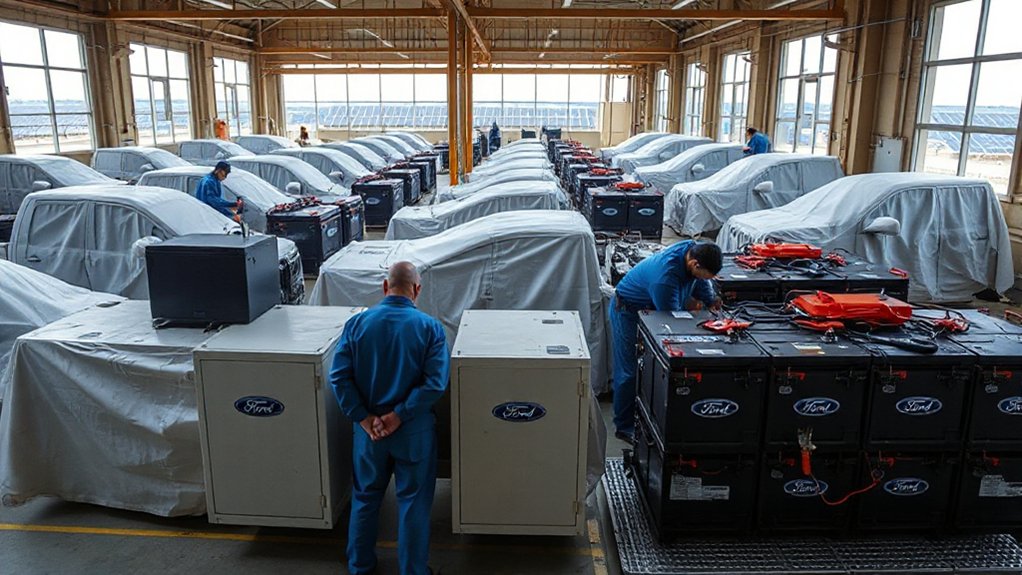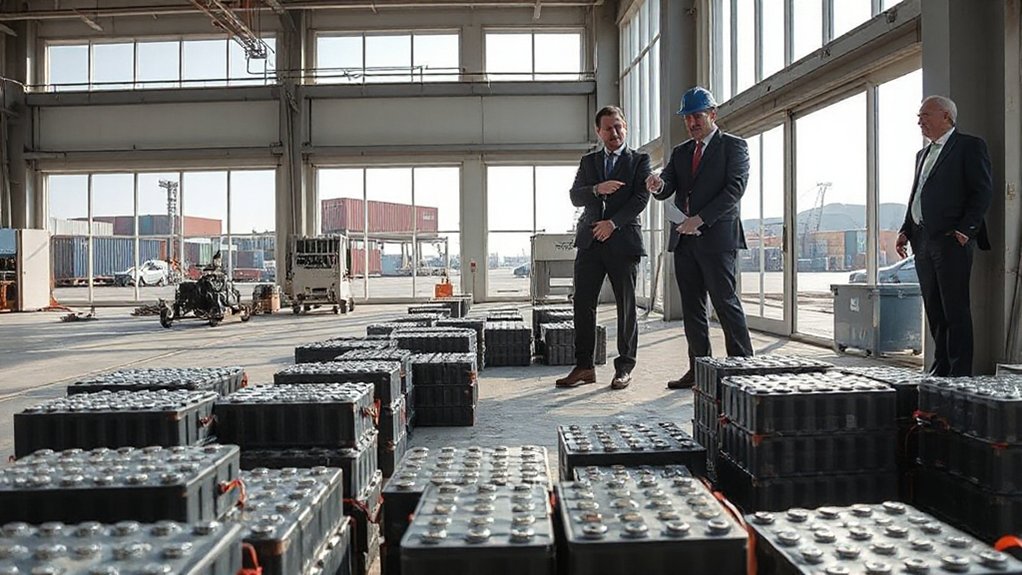While most Americans worry about paying their bills, the U.S. government is quietly planning to drop nearly a trillion dollars—$946 billion, to be exact—on nuclear weapons over the next decade.
That’s about $95 billion annually. For what? To “update and diversify” the nuclear triad. Because apparently, having enough bombs to end civilization once isn’t sufficient. We need to end it several times over, and in style.
Project 2025 advocates want to spend even more than the current $756 billion estimate. More. Because why fix healthcare when you can build fancier doomsday devices?
Meanwhile, experts warn about “spending blindly” on systems that might be vestigial. Like that appendix you removed, except it costs billions and can level cities.
The timing couldn’t be worse. New START expires in 2026 with no replacement in sight. Arms control agreements are collapsing faster than a house of cards in a hurricane.
As arms control treaties crumble before our eyes, we’re rushing headlong into a nuclear free-for-all with catastrophic stakes.
We’re barreling toward a nuclear arms race that makes the Cold War look like a friendly game of chess. Russia and China are watching our every move, itching to match our buildup.
Our nuclear policy still includes the option for first use in “extreme circumstances.” Whatever those are. We can’t seem to commit to “no-first-use” policies, like the nuclear equivalent of not throwing the first punch in a bar fight.
The technological environment is changing everything. AI, cyber capabilities, and quantum computing are redefining nuclear strategy. Decision-making times are shrinking. Mistakes could happen faster than ever.
But sure, let’s add more nukes to the mix.
Trump has mentioned interest in holding denuclearization talks with both Russia and China, which offers a glimmer of hope amid the escalating tensions.
U.S. withdrawal from the Iran nuclear deal has Iran enriching weapons-grade uranium again. If we resume nuclear testing as some propose, others will follow, decimating nonproliferation efforts worldwide.
The nuclear gamble we’re taking isn’t just expensive—it’s potentially catastrophic. The rapid advancement of AI technology is raising serious risks of nuclear conflict by compressing decision-making timeframes and increasing the likelihood of miscommunication or technical accidents.
As we increasingly delegate complex decisions to machines, serious ethical considerations emerge about maintaining human agency in matters of existential importance.
References
- https://www.armscontrol.org/blog/2025-02-21/trump-regains-control-over-nuclear-policy-whats-next
- https://www.sipri.org/media/press-release/2025/nuclear-risks-grow-new-arms-race-looms-new-sipri-yearbook-out-now
- https://thebulletin.org/premium/2025-01/united-states-nuclear-weapons-2025/
- https://www.axios.com/2025/05/14/nuke-spending-cbo-report-criticism
- https://www.whitehouse.gov/presidential-actions/2025/05/reinvigorating-the-nuclear-industrial-base/
